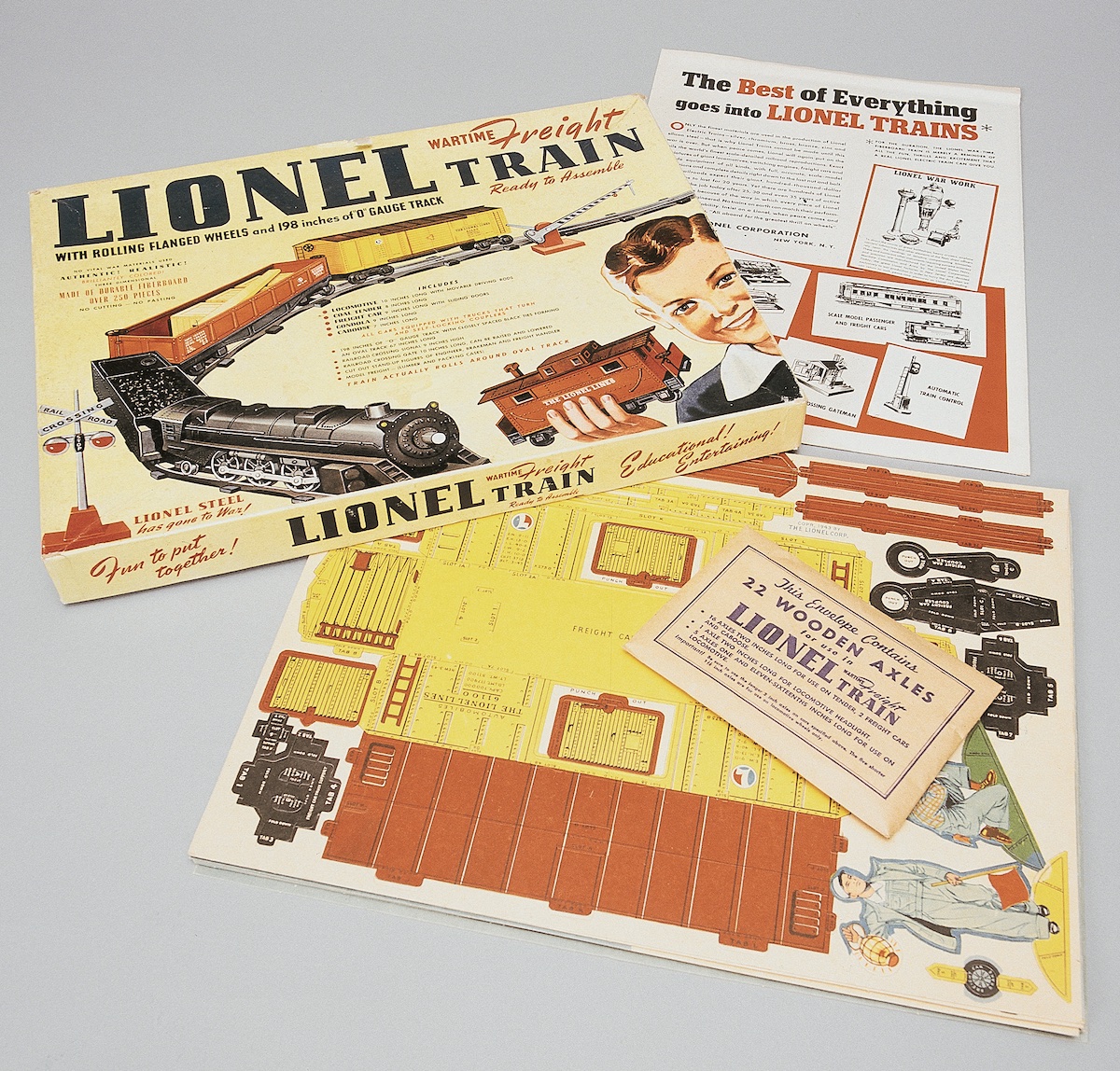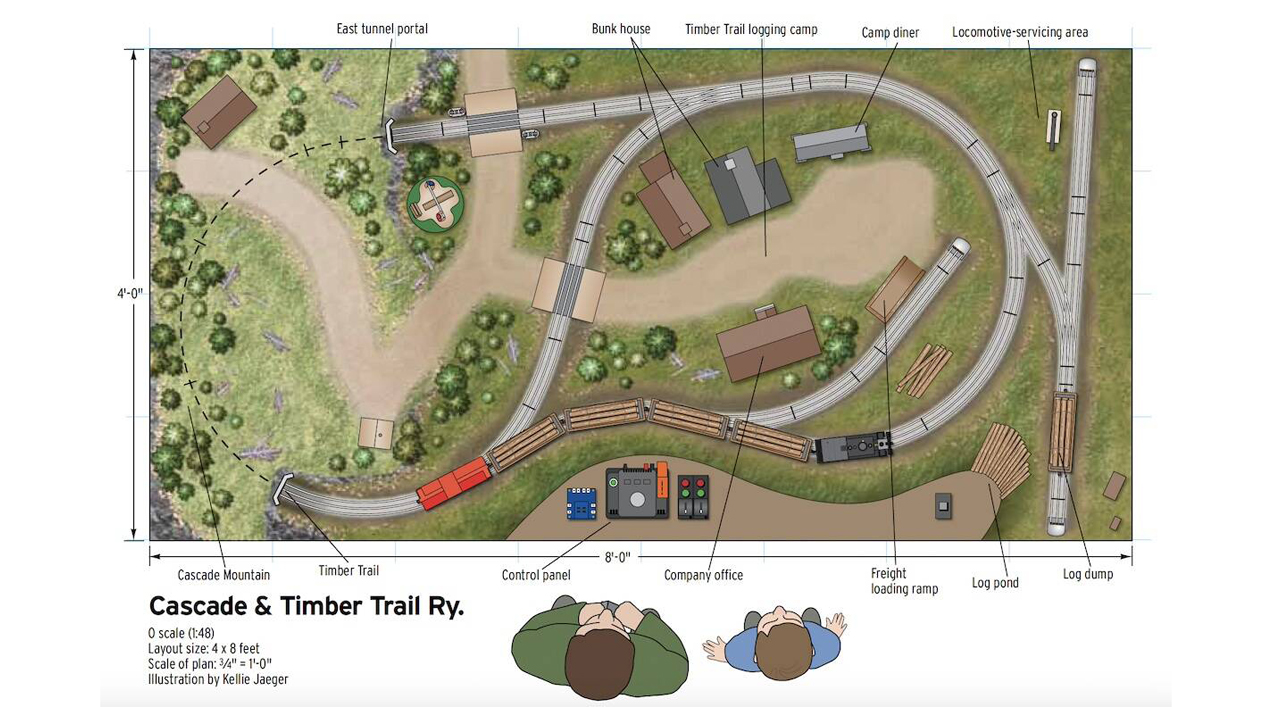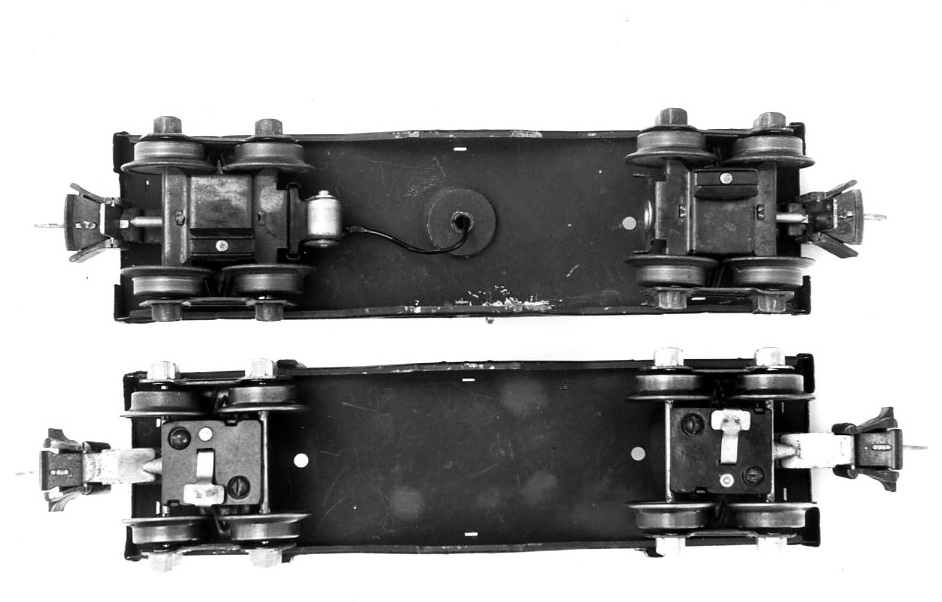I hope you’ve enjoyed the tour we’ve taken of Amtrak’s short consists throughout the railroad’s history. Starting with the modern era, we then went back in time to the 1970s, then the 80s and 90s. This month, we’re looking at my favorite era of short Amtrak consists. Is it because that’s when I grew up? Of course not, it’s because of the short-lived train ideas that Amtrak had during the decade.
Throughout the early 2000s, Amtrak’s Mail and Express service ensured that most trains had at least one freight car in the consist. Material Handling Cars (MHCs), express boxcars, RoadRailers, and ExpressTrak reefers were the norm across the system. Amtrak loved the business so well that it began to explore new routes solely for the purpose of hauling mail and express goods, with passenger transport being an afterthought. Two such trains give us the shortest consists on Amtrak’s system in the 2000s.
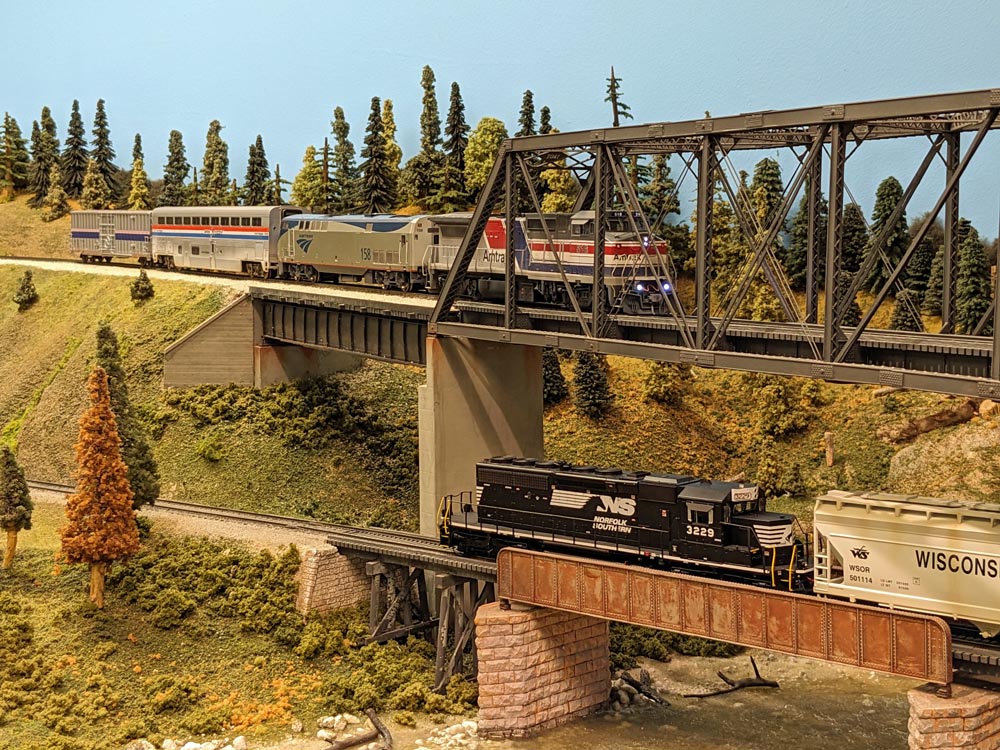
The Kentucky Cardinal was a daily service between Chicago, Ill. and Louisville, Ky. Well, eventually. When the train began service in December of 1999, it only ran to Jeffersonville, Ind., across the Ohio River from Louisville. Amtrak sought to attract business from UPS who had a hub in Louisville, so they built a new Mail and Express facility in Jeffersonville. Two years later, after renovation of Louisville Union Station, Amtrak finally crossed the river.
The train would split from the Cardinal in Indianapolis, Ind. on days that the Cardinal ran, but on the other four days of the week, it ran as a dedicated train from Chicago to Louisville. Many issues led to the end of the train, such as the top speed of the line south of Indianapolis reaching 30 mph. The last run of the train was on July 4th, 2003.
A typical Kentucky Cardinal consist would include a General Electric B40-8WH, a GE P42DC, a Hi-level coach or Superliner coach, and an express boxcar. To model this, I used an Atlas B40-8WH, Athearn P42DC, and Walthers Superliner coach and express boxcar.
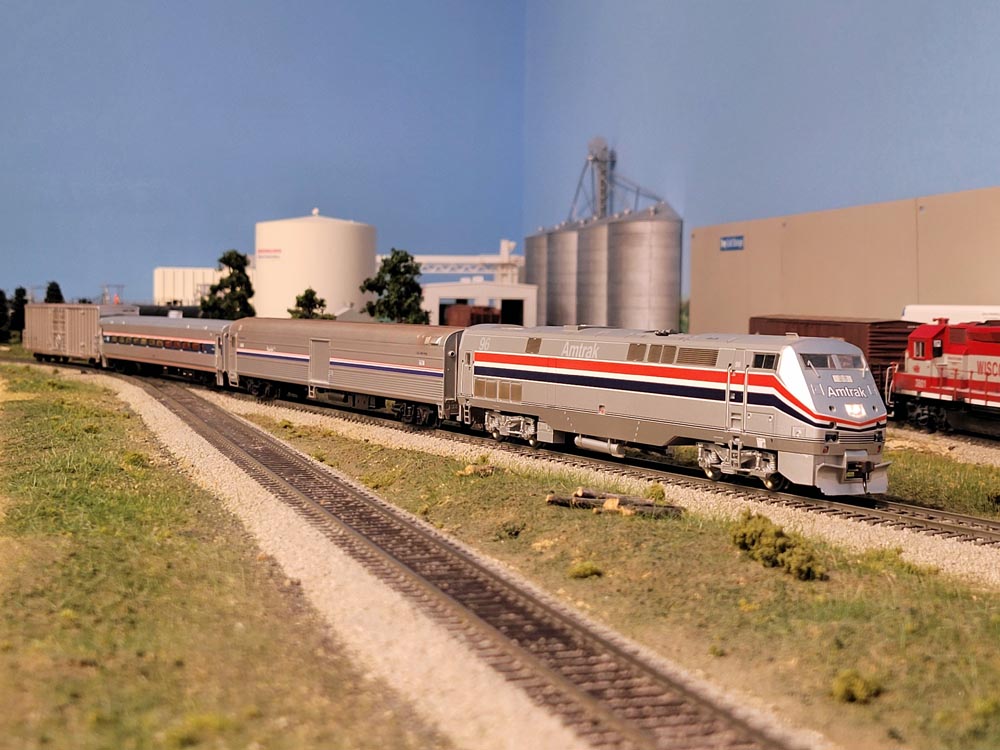
Finally, as the last train in this series, we have a home-state favorite, the Lake Country Limited. The Lake Country Limited operated between Chicago, Ill. and Janesville, Wis. between April 2000 and September 2001, just over a year. This was also a train that’s existence can be contributed to Amtrak’s Mail and Express business. Each train carried an average of zero to ten passengers, though there were sometimes up to 30 passengers during special occasions. With low passenger numbers, the train was kept alive by carrying USPS mail, UPS parcels, paper, and pet food. The train also had an unusual schedule and ran at a top speed of 30 mph west of Fox Lake, Ill. To finish the train’s problems, the proposed connection between the Lake Country Limited and the Skyline Connection (proposed between Chicago and Philadelphia) never panned out as the Skyline Connection never began service.
While the consist for the train varied depending on how much mail and express freight was needed, a consist usually comprised of a B40-8WH, P40DC, or F40PH, a Horizon coach, and a mix of baggage cars, express boxcars, and RoadRailers. For the train that I modeled, I used an Athearn P40DC, a Walthers baggage car, Rapido Horizon car, and Walthers express boxcar.
This trip down through Amtrak’s timeline sure has been fun. Did you have the chance to ride any of the trains we’ve mentioned in this series? Be sure to comment below.






